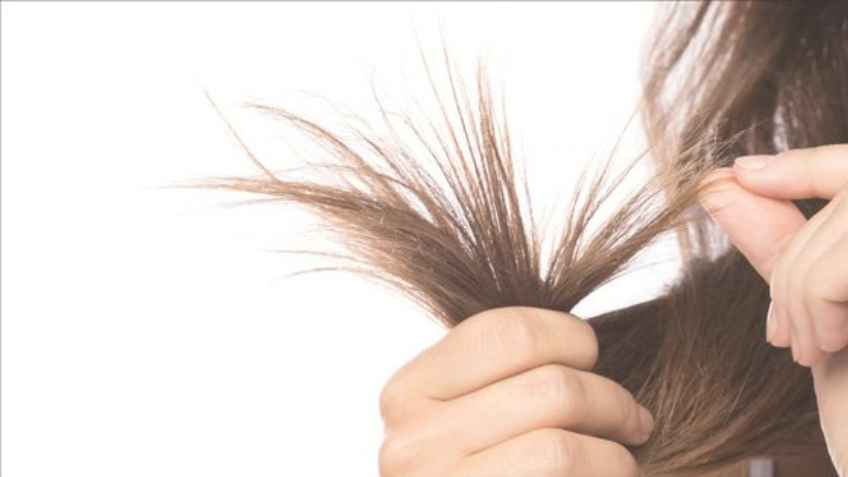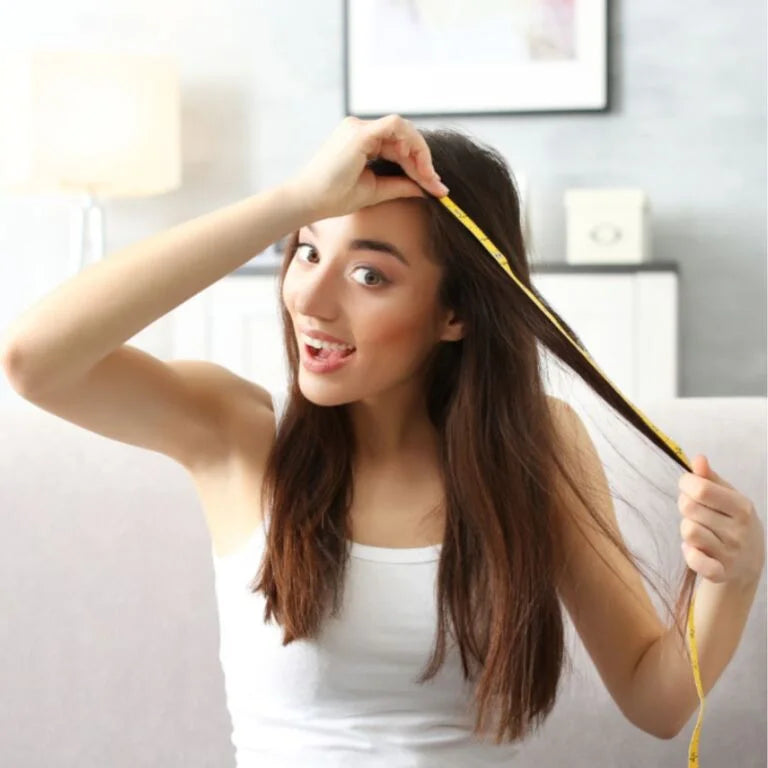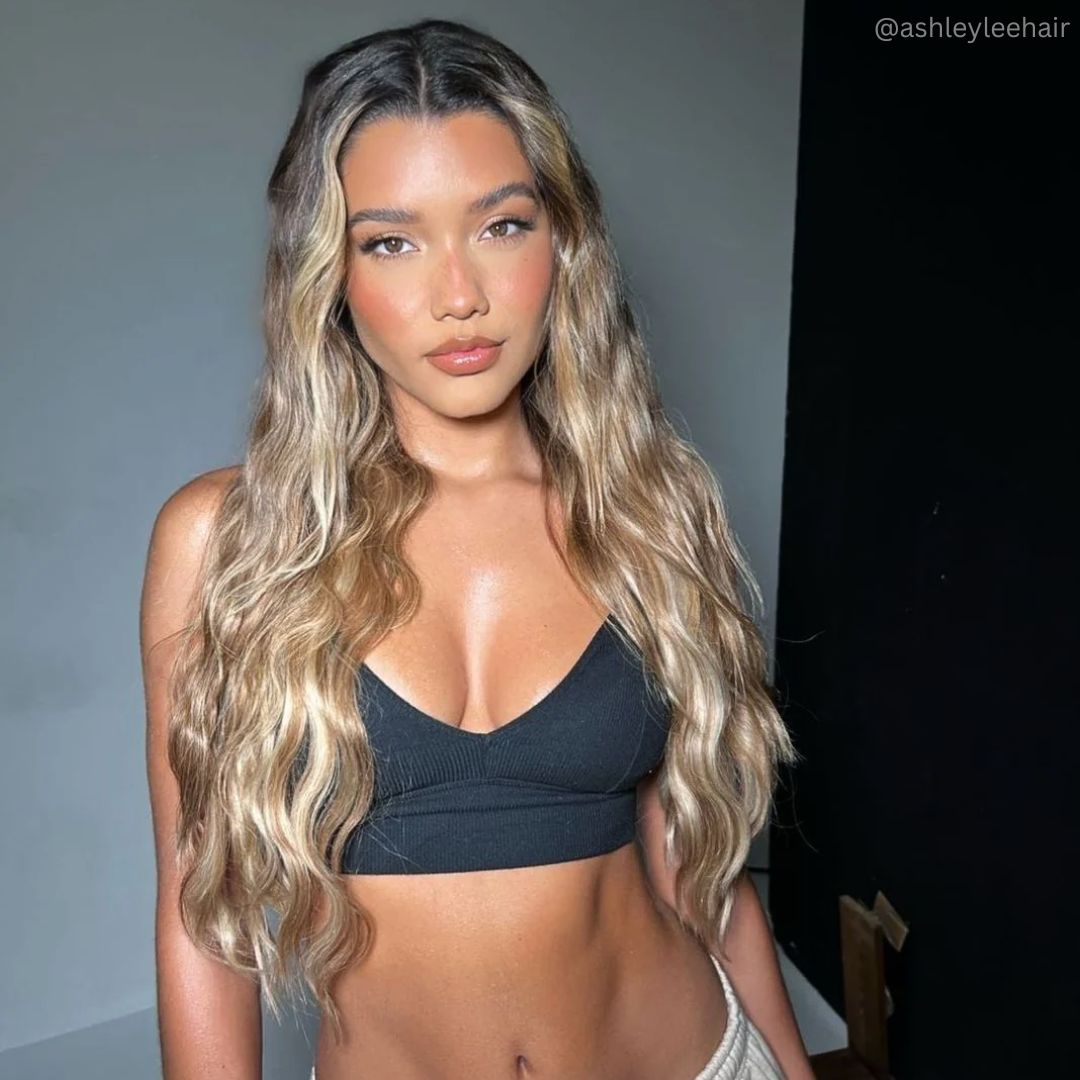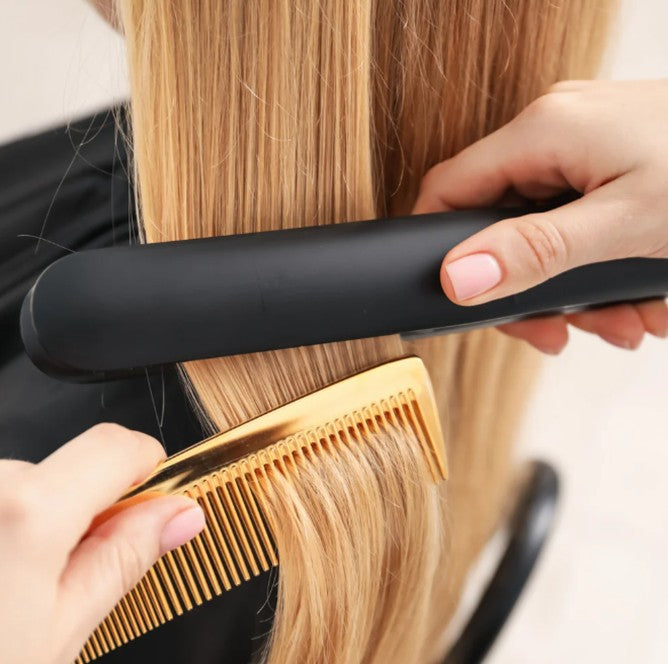How Long Does It Take To Repair Damaged Hair?
by BRENDA L. / APR 11, 2023

Reading Time: 5 Minutes
Index
If you’ve fried your hair by using your hair straightener or curler a little too much, or perhaps you’ve gotten bleach-happy and damaged your tresses to go full Barbie blonde, then chances are you’re looking to start rectifying things and bringing your mane back to life. But the question is: how to repair damaged hair, and how long does it take? Let’s find out together.
How Long Does It Take To Repair Damaged Hair?
Not every level of damage is the same, and the concept applies to hair types as well: they are all different, react to treatments differently, and require different types of TLC. On average, depending on the level of damage your hair has gone through, a few days/washes can be enough – whilst in some more dramatic cases you may need to wait for months, or even wait for healthy new growth whilst you trim away the irreparably damaged bits.
Can Very Damaged Hair Be Repaired?
Certain levels of damage, such as frizz, split ends, and in some cases dryness and/or brittleness can be salvaged fairly easily with the help of a few handy specific products and by changing your hair care routine. However, if we’re talking about some serious damage that doesn’t show any signs of life even after using the right products, then it might be permanent – something that can unfortunately be fixed only by chopping off the dead bits of your mane. Sacrificing a bunch of inches of length in your tresses may sound scary to some, but in certain cases (such as with split ends), not doing so can actually do more damage and ruin the whole shaft of your hair over time. You can read more about split ends in our dedicated blog, Split Ends: Everything You Need To Know.
If you don’t want to be left with short hair after getting a chop, you can always resort to remy hair extensions to keep your mane looking long and full.
Does Damaged Hair Grow Back Healthy?
Unless your hair issues are caused by something coming from within, such as nutritional deficiencies, medications and other health issues, you can easily grow healthy hair by avoiding or reducing chemical, mechanical and heat damage.
What Is Chemical Damage?
Chemical damage is a type of damage caused by using hair products that will permanently (or, in some cases, even temporarily) alter the way your hair presents itself in its natural state. Perms, relaxers, permanent and semi-permanent hair dyes and bleach all fall in this category. The only way to protect your hair from this type of damage is to avoid it entirely; however, if you’re looking to apply highlights or flashes or colour to your hair, you can always use clip in hair extensions to do it without bleaching or dyeing your tresses.
What Is Mechanical Damage?
Mechanical damage can basically be described as handling your tresses in a rough, harsh way. Aggressive brushing, tight braiding, and combing your hair the wrong way can cause unnecessary stress to your hair and scalp, including pulling, tugging and (in some cases) even hair loss. Using the right tools, such as a detangling hair brush when going through your wet hair to prepare it for styling, will make sure that you get rid of any knots without causing mayhem in your mane.
What Is Heat Damage?
The name kind of gives it away: heat damage is caused by, well, heat. Any styling tool that uses high temperatures, including blow-dryer, flat iron, curling wand and hot hair rollers can wreak havoc on your hair if used improperly. Heat lifts the hair cuticles, leaving your strands feeling rough and prone to lose moisture quickly; the best way to prevent this from happening and reduce any damage is using a heat protectant spray.
How To Repair Damaged Hair?
If your hair has gone through a lot, you can follow these simple steps to revive it and restore its natural shine, softness and manageability:
Use A Nourishing Hair Mask
Investing in a good hair mask focused on restoring moisture and protein balance in your tresses is the best idea in cases like this, but this doesn’t mean you have to necessarily splash out on expensive brands! You can make your own reviving hair mask at home, with ingredients that are commonly found in the average pantry or fridge. Find out more in our dedicated blog: DIY Hair Mask Recipes For All Hair Types.
Get Regular Trims
Keeping up with regular trims every now and then helps getting rid of dry and brittle ends, preventing breakage, split ends and thinning ends. Trimming works on natural hair and also on Real hair extensions too, expanding their life and keeping them looking thick and full.
Avoid Further Damage
This is kind of a given, but incorporating the right products in your hair care routine won’t be enough if you don’t cut down on your bad hair habits. Using heat protectant spray on fried hair won’t be much helpful for example; in that case, you may want to look at air-drying techniques. Find our more about how to air-dry and how it can improve your hair’s health on our post: Let It Breathe: How To Air-Dry Your Hair Like A Pro.
Use A Leave-In Conditioner
Leave-in conditioner saved my hair, quite literally. I was struggling with dryness and tangling, and no matter how well I brushed my hair in the morning – it would always downgrade to a messy ball throughout the day. Friction against my clothes, tugging from my bag’s strap, the wind… All of these factors stripped my tresses from their softness.
Conclusion:
Whilst unfortunately there isn’t an instant quick fix to bring damaged tresses back to their original splendour, repairing your hair (in some cases) is possible – although, it is a gradual process that requires time, patience, and consistency. Ditching heat, implementing reconstructive hair products, and adopting a healthier hair care routine, together with accessorising yourself with the right tools and hair extensions can help you grow healthier, longer hair whilst taking care of the damaged bits.
Looking for flawless, salon-worthy hair without breaking the bank? At Cliphair, we’ve got you covered with luxurious clip in hair extensions for quick transformations and permanent hair extensions for long-lasting glam. Extensions require special care and maintenance to preserve their quality, which is why we have all the top-notch hydrating haircare products needed to keep your style on point.
Need the perfect shade? Browse our full range of human hair extensions in over 70 rich, silky shades or check out our FREE Express Color Match Service to ensure a seamless blend every time.






